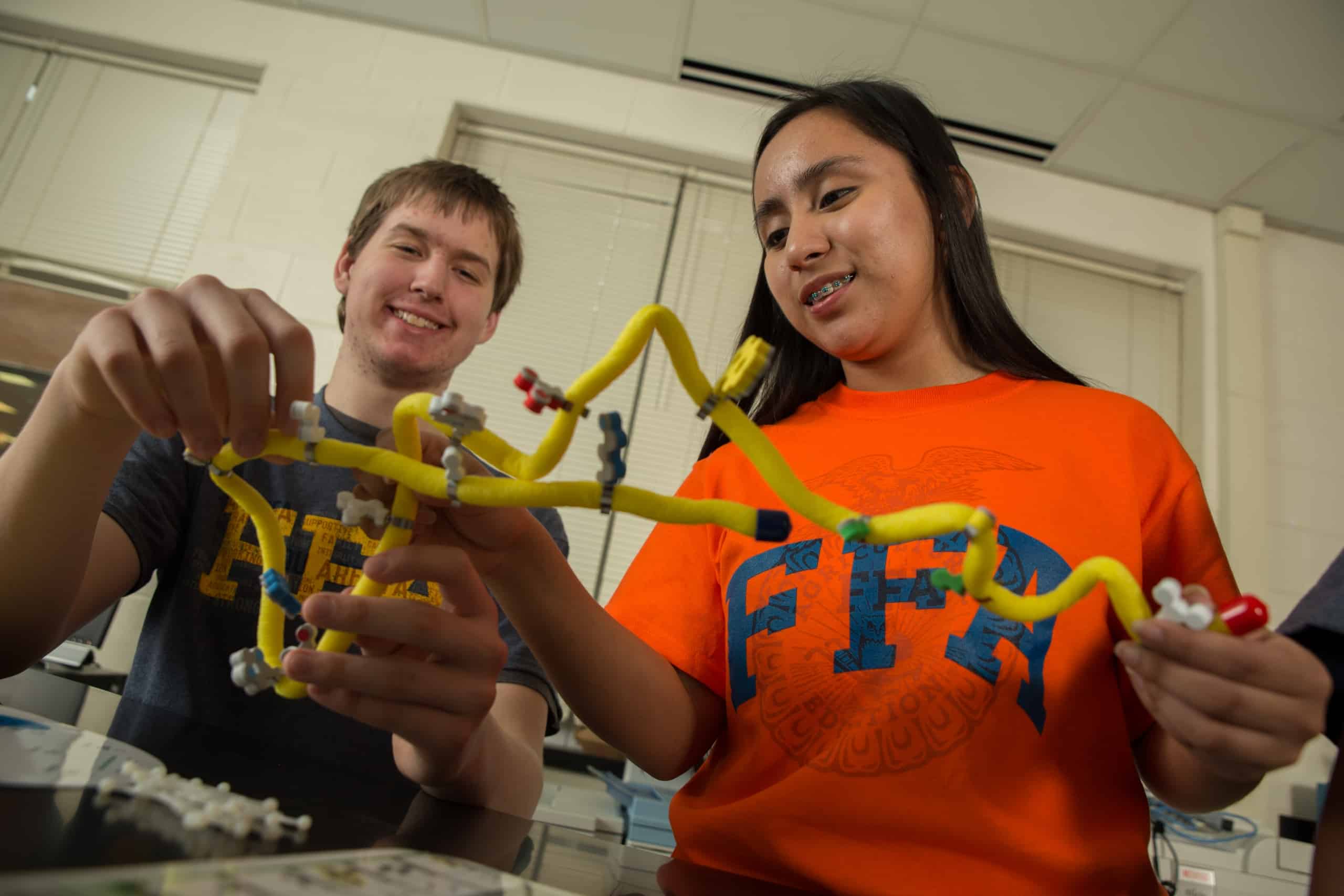Agricultural education has an inherent need to embrace all people. “Ag studies cover all facets of life and the world,” says Jacob Marek, ag teacher and FFA advisor at Mayflower High School in Mayflower, Ark. “If I don’t include everyone, it messes up the purpose of ag education.”
Even if your school district doesn’t represent a variety of backgrounds, your classroom can foster understanding. The key: a teacher’s example and the students’ exposure. Here are practical ideas teachers can use to respect diversity in their chapters.
1. Get to know each other.
Transparency leads to trust, and trust breeds belonging. Encourage an open-door classroom by asking your students to write down one question to ask you. Jacob Timm, ag teacher in Rosholt, Wis., answers one each day.
Learn about your students with a five-minute “about me” video. Edon FFA advisor Hannah Everetts in Ohio switched classroom speeches to this format due to virtual schooling, but she’ll likely continue the videos for a more immersive experience. Marek similarly asks his students to fill out a questionnaire at the beginning of each semester, asking for responses on a variety of topics: favorite music, celebrity crush, dream job, etc.
2. Create an environment conducive to everyone.
At the beginning of each class period, Marek plays music based on the students’ questionnaire responses. He also writes a different quote on the board each week from their specified role models. “I try to use cultural aspects to help everyone feel unified,” he says.
Everetts makes sure everyone can participate by acquiring the appropriate resources for her students with special needs — for instance, headphones for sound sensitivities. “It’s important that I model the behavior of treating everyone in a way that makes them feel included,” she says.
3. Invite a diverse selection of guest speakers.
The virtual age means almost unlimited options for guest speakers. Seek individuals not only from different ethnic backgrounds but also various career paths. Marek, again utilizing his students’ surveys, brings in guests to match his classes’ interests. If speakers work outside the ag industry, you can also explore how their skill sets and roles could impact agriculture.
4. Assign research projects.
Everetts’ classes research the variety of careers that touch ag. “They’re shocked by what they come up with,” she says. “It opens their eyes,” Everetts says, and challenges them to think outside their traditional ideas. Marek encourages the same with poster projects on a set list of individuals. Students choose who to research from options like Martin Luther King Jr., Franklin Delano Roosevelt, George Washington, Eli Whitney and Temple Grandin, and the presentation must cover their biographies, achievements for the ag community and two other successes outside of ag.
5. Partner with another chapter.
Find a school close by — a rural-urban relationship, for example — or participate in a “box exchange,” typically organized through forums like Ag Ed Discussion Lab. The program pairs your chapter with another across the country, exposing students to different people and perspectives.
“Ag is the unifying experience,” Marek says. “If we’re raising the next generation of leaders, we need to teach them that the world is not always like us.”
To learn more about Agricultural Education for All, visit FFA.org/Ag-Ed-For-All/.












